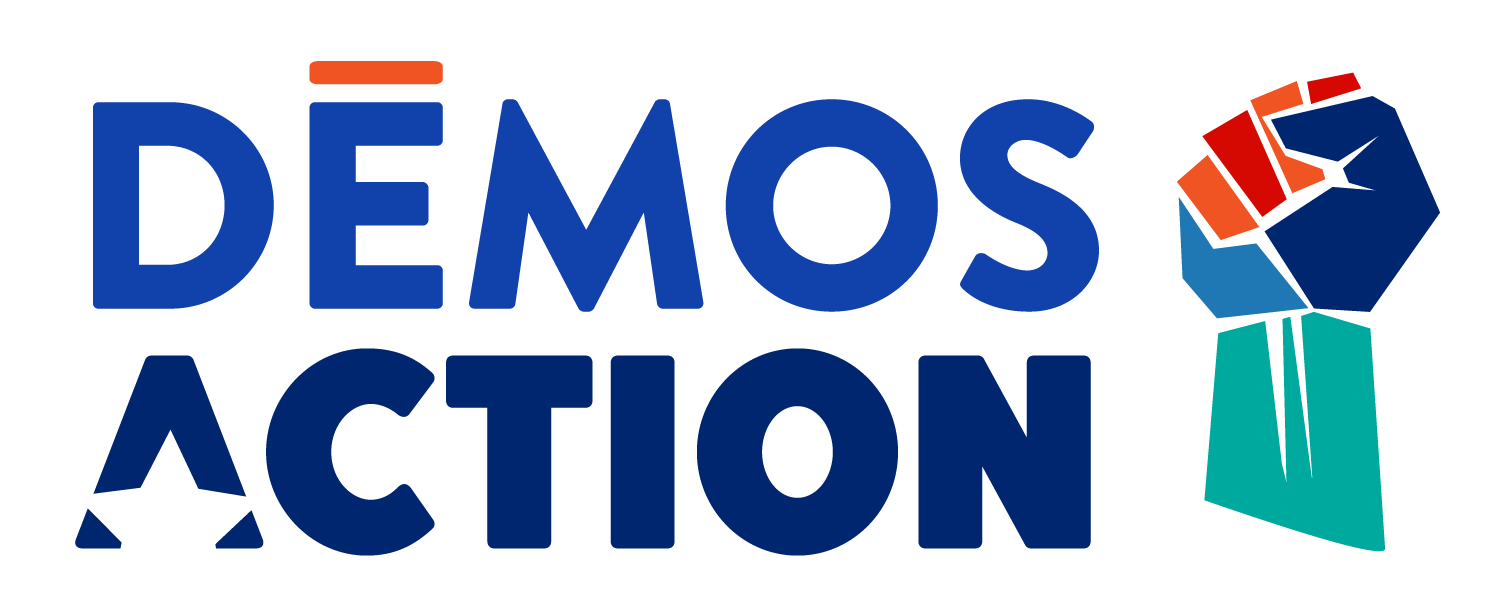Debt to Society: The Case for Bold, Equitable Student Loan Cancellation and Reform
Americans believe that every qualified student—regardless of their color, gender, or financial situation—should be able to pursue their educational dreams, and that no one should face massive financial pain simply because they decided to get an education. Yet over the past several decades, state and federal policymakers have failed to adequately address the rising cost of college, respond to an increased demand for higher education, or ensure that students’ families have adequate resources to save for the future or deal with unexpected financial emergencies. The result, a dramatic rise in student loan debt, has placed unacceptable risk on working-class families and people of color, and has animated debate over how we should recommit to the next generation of college students; whether we should guarantee affordable, tuition-free or debt-free college; and what level and types of investment are necessary to do so.
Our inability to address the rise in student debt is as counterproductive to our economy as it is unfair. Black families must take on more debt for the same degree as white students, and often need to gain several levels of education just to maintain a foothold in the middle class. The burden of student debt reaches deep into communities of color, and increasing evidence suggests that it is hampering the ability to build wealth in the ways Americans have traditionally done. Default and delinquency rates on student loans remain appallingly high. In fact, the percentage of student loans that are 90 or more days delinquent has remained essentially unchanged since 2012, even as unemployment has fallen and the economy has generally improved, and even as the federal government has created repayment plans that allow borrowers to lower their monthly payments in line with their income.
This experiment in debt-financed higher education has benefitted some, and been harmless for others, but has left a trail of financial wreckage for many. It is time for the federal government to seriously consider a comprehensive, equitable policy of student loan cancellation, rather than piecemeal solutions reined in by fear-mongering or phantom concerns about the federal budget.
The way we design student loan relief policies depends on how we view the problem. If one views the system as a failure based on faulty assumptions about the economy or the labor market, it follows that we could cancel all loan debt and finance it through progressive tax measures. On the other hand, if one believes the problem is large but mainly concentrated among a few groups (including borrowers of color, low-balance borrowers who did not complete a degree, graduates in low-wage professions), it is worth considering a set of more targeted, if still bold, solutions. For example, Senator Elizabeth Warren has introduced a policy of up to $50,000 in debt relief for those earning $100,000 and below, and a sliding scale of debt relief for those making up to $250,000.
There is a path toward relief that is race-forward and transformative, and a way to restructure the system such that anyone with debt would be considerably better off than they are under the current confusing, punitive regime. This report makes the case for strong action on student debt relief and discusses several policy options to make student loans less burdensome, more humane, and less complicated.

